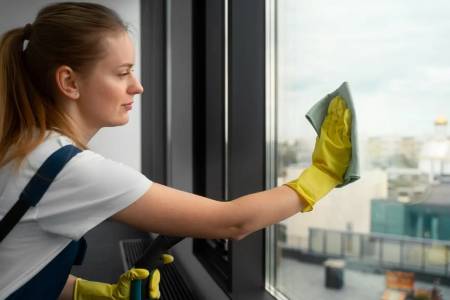
Keep your UPVC windows and doors looking their best and performing at their peak with this essential guide. This isn't just about cleaning; it's about preventative maintenance to extend the lifespan of your investment and ensure optimal energy efficiency.
Why is UPVC Maintenance Important?
UPVC (Unplasticised Polyvinyl Chloride) is a durable material, but neglecting regular maintenance can lead to:
This guide covers:
1. Regular Cleaning:
2. Lubrication:
3. Seal Inspection and Repair:
4. Hinge Adjustment:
5. Drainage Checks:
6. Dealing with Issues:
7. Professional Maintenance:
Consider hiring a professional for more complex repairs or annual servicing to maintain optimal performance and identify potential issues early.
By following these simple steps, you can significantly extend the lifespan of your UPVC windows and doors, keeping them looking great and performing efficiently for years to come.